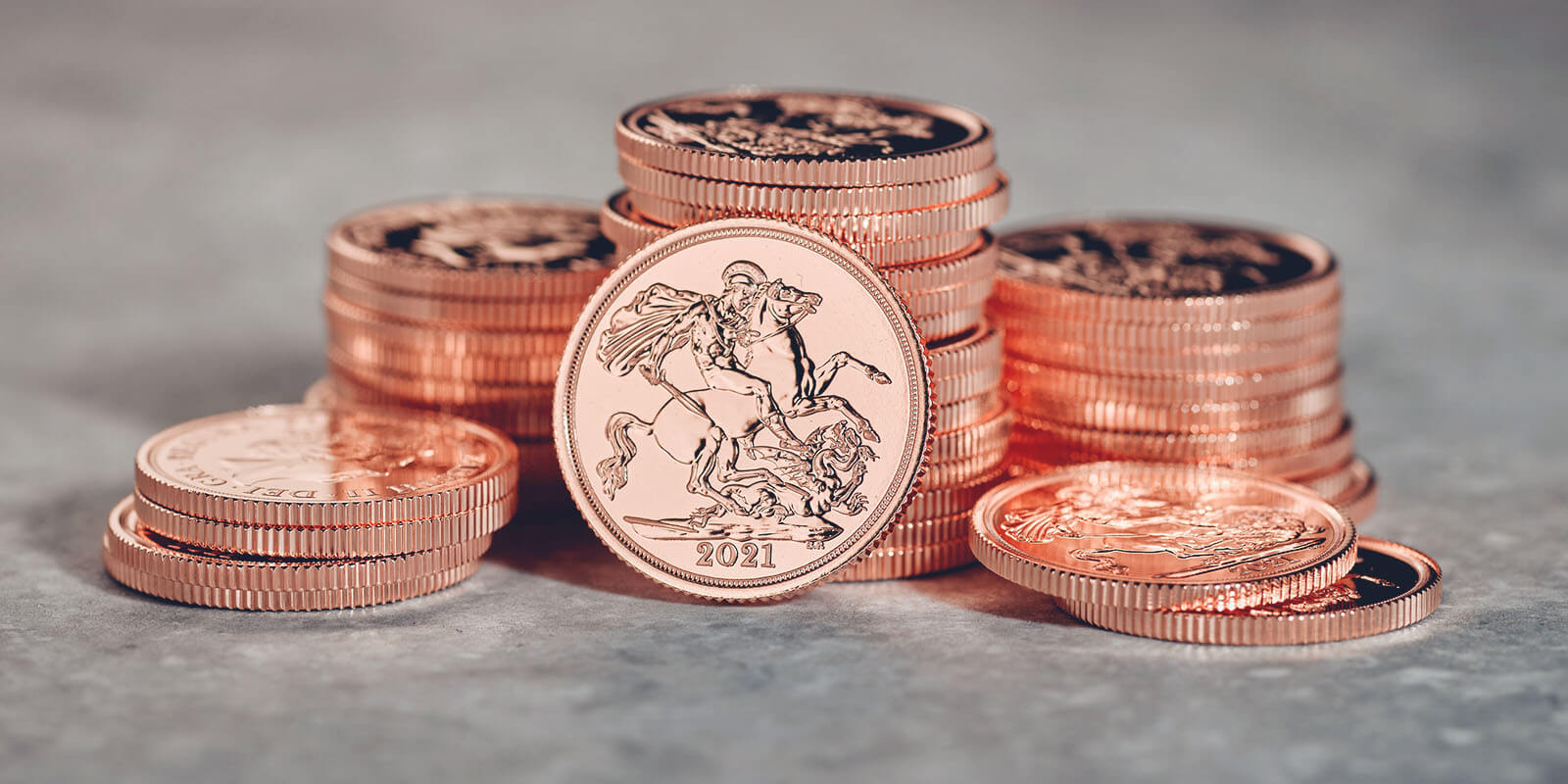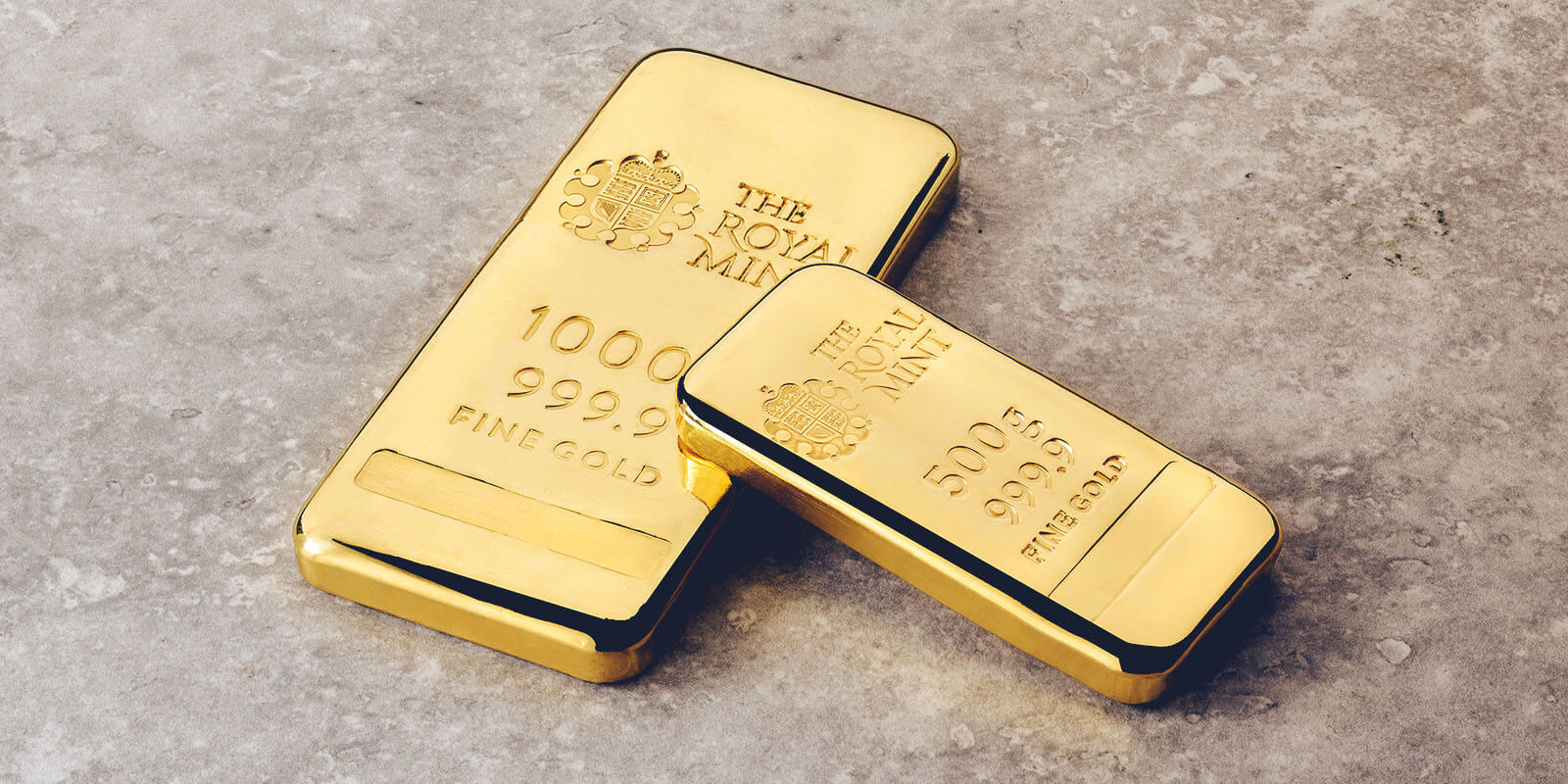Once you have decided to begin investing in precious metals, the next step may be to ask yourself if you would like to invest in coins, bars or digital precious metals. This is because gold, silver and platinum are typically available in either format, and although the underlying metal is the same, most investors show a preference to one over the other.
Previously, the difference between coins and bars used to be more distinct, as coins have traditionally carried designs that are far more intricate and appealing than those seen on plainer, more utilitarian bullion bars. However, in recent years, you can now choose to invest in a bar that also carries a beautifully crafted, intricate design, similar to the design which you might see on a bullion coin.
With this in mind, this section looks at some of the reasons why people choose to invest in bullion coins over other precious metal investment options, and the unique benefits of doing so.
Capital Gains Tax
One of the distinct advantages of investing in bullion coins is that all British legal tender is Capital Gains Tax-exempt for UK residents. Capital Gains Tax, also known as CGT, is the tax that is paid on any gains or profit made when you sell, give away or dispose of an asset. You are required to pay CGT on any profits or gains received when you sell anything which is classed by HMRC as a ‘chargeable asset’. The vast majority of assets in which you may choose to invest, or sell, are classed as chargeable. These can include paintings, jewellery, antiques and even the sale of a property, where it is not your main residence. What makes CGT different from other taxes is that CGT is only owed on any gains that are above the annual tax-free allowance, which for 2020-2021 is £12,300.
As an example, if you purchased a painting for £100 and sold it for £300, your £200 ‘profit’ would be liable for CGT, but only if your cumulative gains that year are over the tax-free allowance threshold. The fact that UK legal tender coins are not subject to this tax makes them a very attractive proposition for some, especially if you are investing in larger amounts.
It is important to note that the CGT exemption does not apply to precious metals in other forms (e.g. bars or digital precious metals). In addition, this information is not exhaustive and is provided for guidance only. Matters involving taxation tend to be complicated and, as such, further guidance should be sought from HMRC if you are unsure.
VAT on Bullion Coins
One of the other reasons many choose to invest in bullion coins is that gold coins are not subject to Value Added Tax or VAT. This is a tax which is charged when purchasing most assets or commodities, but since 1 January 2000, investment in gold (coins, bars or digital) has not been subject to VAT. However, other precious metals, including silver and platinum, are liable to VAT, which is currently set at 20%.
This 20% tax would appear to put silver and platinum at a disadvantage, especially when compared to gold. However, the price of all precious metals can vary significantly, so the 20% tax can often be recouped in any gains made. For example, from the start of 2020 to the start of 2021, the price of silver rose from £13.58 to £19.95 – an increase of nearly 47%. Even if the initial VAT cost is factored in, this could be seen as a significant return.
Bullion Coin Sizes
One of the other attractions of bullion coins is that they are available in a variety of different weights and sizes. This is appealing to investors because the barrier to entry can be less than with bars, as smaller coins are naturally less expensive than their larger counterparts. The variety of sizes available to choose from means that people can begin investing in precious metals with a relatively modest outlay and they still receive something tangible that they can hold in their hand. For instance, bullion coins from The Royal Mint are available in sizes which range from 1/10th of an ounce (measuring just 16.5mm in diameter) to the largest, a ten-ounce silver coin, which measures an impressive 89mm in diameter – that’s nearly 450% bigger.
The range of sizes available are useful for many reasons but, primarily, when it comes to selling your precious metals, it is possible to sell part of your holding if you have multiple coins, instead of a single larger bar. It is for this reason that many choose to buy multiple bullion coins in tubes. Bullion coins are available to purchase individually, or in tubes of 10–25 coins (depending on the metal and range). Although a tube of coins could contain a similar amount of metal to a bar, with multiple coins you can choose to sell just a few coins and only liquidate part of your investment to release some capital. The same would not be true of a bar, as you would have to sell the bar in its entirety.
Coin Designs
Of course, one of the primary reasons people choose to invest in bullion coins, as opposed to bars, is the designs which appear on them. The Royal Mint’s bullion coins have been recognised for their beauty and craftsmanship for over 1,100 years. With a coin, you are not just owning a piece of metal but an expertly produced piece of history. This recognition again makes them easy to sell, as coins like The Sovereign are popular across the world with a strong following in countries like India where they have been gifted for weddings and other occasions for generations. In recent years, other designs such as Britannia and The Queen’s Beasts ranges have gained popularity with both investors and collectors alike.
When it comes to coin designs, as bullion coins are seen as a commodity, factors such as ‘economies of scale’ are important. Very popular coins are produced in much higher numbers than other designs which may only be produced for a short period of time. This means that the relative cost to obtain the same amount of metal (i.e. a 1oz gold coin) will differ depending on the coin design, the range and the overall popularity and availability of that coin.
Coin Premiums
When you purchase precious metals in any form, you pay a premium. The premium is the price you pay for the product which is above the cost of the metal which it contains. Put simply, turning a blank piece of gold, silver or platinum into an intricately crafted coin takes a level of time, cost and skill. As this can vary depending on the item, the premium charged for the end product varies. As it takes more time and skill to craft a coin than a bar, coins tend to cost more than bars (i.e. their premium is higher). Similarly, as time is a large factor, it is cheaper to buy a 100g gold bar than it is to buy 100 x 1g gold bars because it takes more time, cost and effort to produce 100 bars than it does to produce one larger one - even though the actual total metal you would receive would weigh the same.
It is for this reason that coins tend to carry a higher premium than bars. It is certainly cheaper to buy a 1oz bar of gold than a 1oz gold coin even though they contain the same amount of metal. However, as we have discussed, there are many other reasons why someone may choose a coin over a bar than for just the metal it contains.
Coin Storage
A further consideration to make when choosing to invest in bullion coins may be how you are going to store your investment to ensure it is safe from theft or damage. Many people choose to simply take delivery of their coin purchases and store them at home, either in a dedicated safe or even just hidden in an area of the house which they feel is secure. Although some prefer to take delivery of their item and ‘hold it’ themselves, some may feel that due to the risk of theft or damage, storage with a third party would be preferable. Retailers like The Royal Mint offer a vaulting storage service where you can choose to store your investments for a nominal fee. Ultimately, the choice of whether you would like to take delivery of your coins or store them with someone else is completely up to you. Storing them at home has the advantage of easy access. At any time, you can view your investments and place them in your hand. However, purchasing a dedicated safe and adding them to your contents insurance may be a costly option which some would rather avoid. If you store with a precious metal retailer like The Royal Mint, both security and safety are guaranteed, and you have the added convenience of being able to take delivery of your item from secure storage at any time. Lastly, if at a point in time you wish to sell your item, you can do so conveniently from within your account area.
What Else do I Need to Consider?
Although choosing to invest in bullion coins can be an exciting and rewarding experience, as you can see there are several considerations that need to be made. Although VAT is a consideration when choosing gold, silver or platinum, some investors choose a combination of multiple metals to diversify their portfolio. As discussed in previous articles, all precious metals have different uses and applications, which means that the prices of metals do not necessarily move in tandem with one another. Diversifying your portfolio can mean that, if prices increase in one area but fall in another, your portfolio is better insulated from this volatility. In the same way, when it comes to factors like coin storage, you need to decide on the best approach that works for you. Some investors show a strong preference to storing at home to ensure they have constant access to their investment, whilst others prefer to pass the burden of security to another third party. Lastly, when it comes to coin designs, you must choose a design that appeals to you. After all, there is far more to buying a coin than just buying a precious piece of metal.



